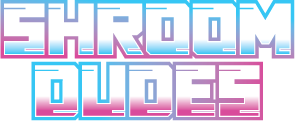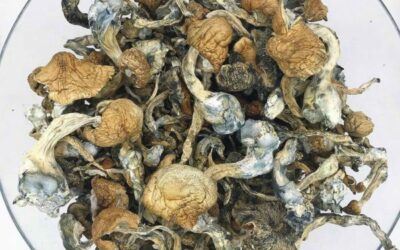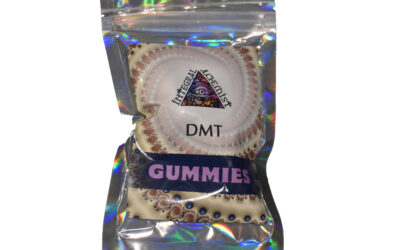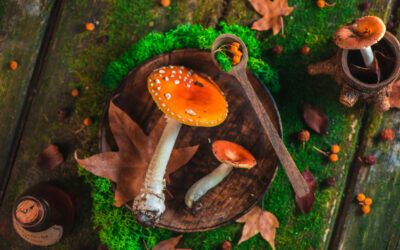Why is there Blue Spot on Magic Mushroom?
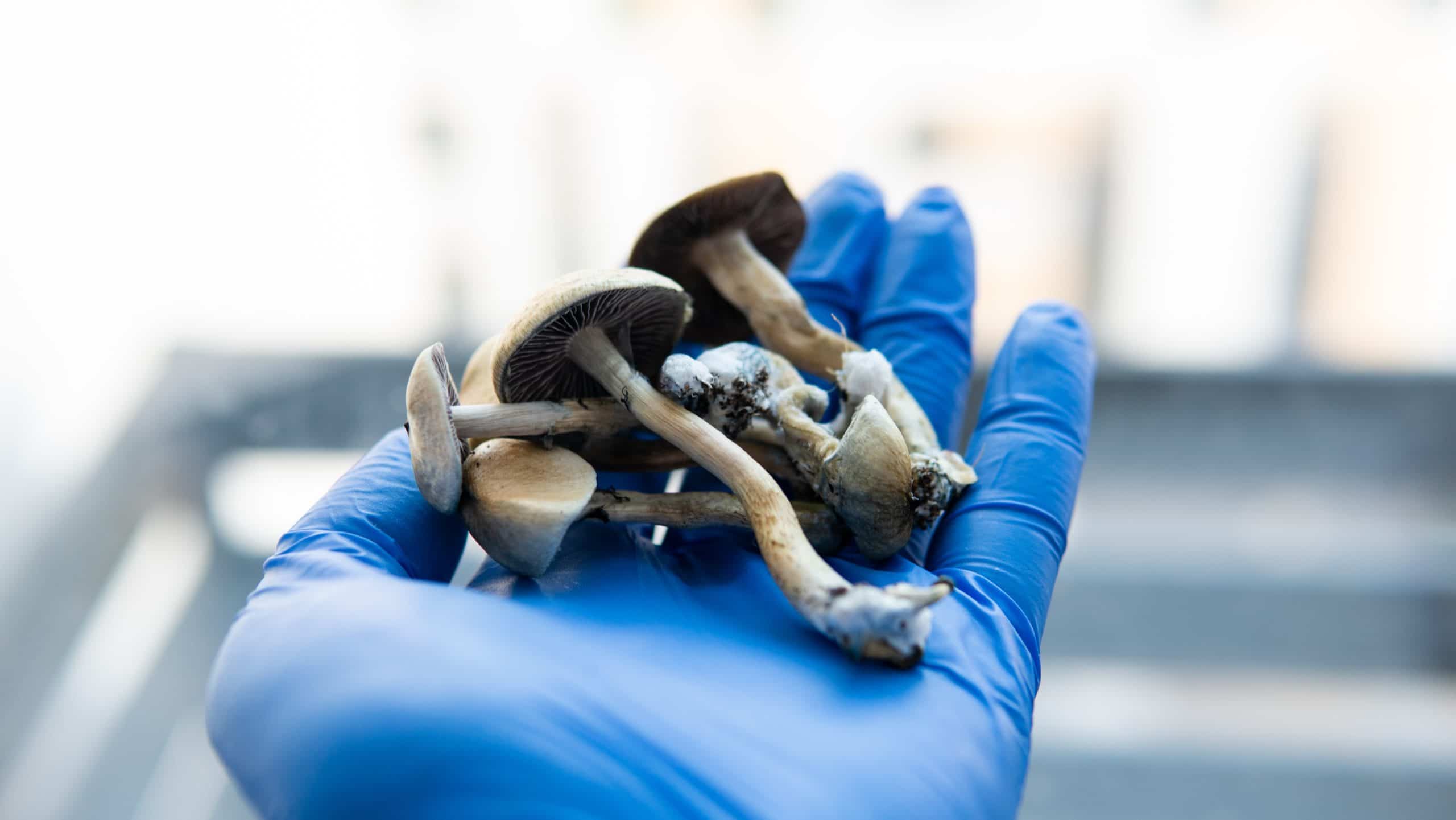
Magic Mushrooms come in various shapes, forms, and appearances. Plants science is related to animal science to a great extent. Bruising of either plant or animal will indicate some blatant change in function or chemical composition. You may wonder if consuming Magic Mushrooms with blue staining or bruising is safe as people have often observed bluish spotting on shrooms.
Scientists did a lot of research to know the cause of blue spotting; they found some productive information that may be very useful for Magic Mushrooms lovers. This article will solve the mystery of blue spotting for you!
Psilocybin and Blue Spot:
Don’t worry if your psychedelic mushroom has got blue spots. It confirms that you have got a genuine product, and it has an active psilocybin component. The experts recognize perfectly psychedelic mushrooms from three parts that include Blue bruises on the mushroom, a Purple-brownish spore print on the mushroom, and its semi-gelatinous separable pellicle.
One interesting fact about this blue spot is that scientists have not been able to understand its chemical composition despite separating it from the plant. Many mushrooms, like button mushrooms, also get these spots when they get injured; however, they are not because of a rupture of blood vessels, unlike humans. Change in chemical structure is responsible for this feature.
Why do Mushrooms Turn Blue?
The first significant stance on the bluing of Magic Mushrooms didn’t come before 1967 despite scientists’ strenuous work for decades. Albert Hofmann conducted a study on rats in New York in which the brain cells of rats turned blue because of the oxidation of a substance in Psilocin.
Now the question is, how do new raw plants get blue staining if Psilocin appears in the human body. The answer to this question is that Psilocin is already present in mushrooms, but that’s relatively less.
Therefore, blue staining occurs when the Psychedelics mushrooms are mishandled or get injured. The degradation of Psilocybin and related compounds cause the appearance of a blue spot, and that’s why mushrooms that don’t contain Psilocybin don’t get stained. A study described that blue spotting was seen even when oxidation didn’t occur in some instances. It was then hypothesized that some copper-like metal product was responsible for this blue reaction. It pretty much explained why some non-psychoactive substances present bruising.
Relation of Bruising with the Potency of Mushroom:
Psilocybin is the basic element of Magic Mushrooms. Any oxidation reaction is degrading to the matter, and thus when this oxidation takes place in Psilocybin, it degrades. How can a substance be potent if it is continuously breaking down? You got it!
Bruising predominantly affects the potency of mushrooms, and hence, you need to get hands-on mushrooms with more blue staining if you want the mushroom with less potency. The lesser the active Psilocin in the mushroom, the lesser its ability to induce hallucination and any mushroom-based effects.
If you want to experience highly potent effects, look for the whiter mushrooms!
Do all Psilocybin Mushrooms Turn Blue on Oxidation?
Here is yet another fact that spins one’s brain in no time. Although blue spots appear on the oxidation of Psilocybin or Psilocin, not all Mushrooms with Psilocybin turn blue. The studies indicate that Psilocin or related compounds are necessary for bruising, but all Psilocybin-containing Mushrooms may not necessarily turn blue.
Several types of Magic Mushrooms turn blue over time. A highly blue-stained piece is not always safe or non-psychoactive. You will have to look for the other three signs to indicate a Magic Mushroom, as we have discussed above.
Not all Psilocybin-containing or psychoactive mushrooms turn blue. Let’s look at the highly psychoactive mushroom Amanita. Its psychoactive nature doesn’t come from Psilocin, but the Muscimol and Ibotenic Acid are responsible for this. Therefore, no blue bruising is observed.
One more interesting fact about bluing reaction is that it doesn’t occur the same way in all Psilocybin-containing Mushrooms. Some Mushrooms stain faint blue, while others have a sheer bluish dark response. However, the difference in the strength of the bluish shade doesn’t say anything about the potency.
Which Mushrooms Generally Stain Blue?
Many species of Mushrooms turn blue under the influence of different factors. However, here are a few Mushrooms genera most closely associated with blue staining:
- Panaeolus Genus; One most famous blue-staining mushroom, Panaelous cyanescensis, also famous as “Blue Meanie.”
- Psilocybe Genus; Thie genus is most famous for its blue-staining characteristic,
- Gymnopilus Genus; They are red-orange colours mushrooms, so the blue staining appears green against this colour.
In Conclusion:
While this blue staining indicates the psychoactive nature, it may not always help you predict the Magic Mushrooms; look for the other features or try some reputable store if in doubt.
